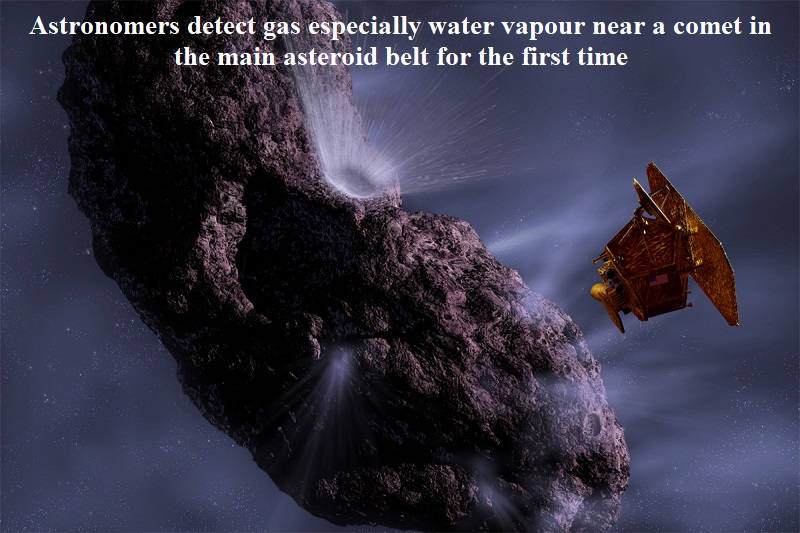
Astronomers have made an exciting discovery using the James Webb Space Telescope, as they unexpectedly encountered a new cosmic puzzle while studying a rare comet in our solar system.
For years, scientists have been investigating the origins of Earth’s abundant water, and their latest observation has revealed the presence of a chemical compound in a main belt comet—a comet located in the main asteroid belt between Mars and Jupiter—for the first time.
The astronomers employed various observation methods over a span of 15 years before making this breakthrough. Using Webb’s NIRSpec (Near-Infrared Spectrograph), they detected gas, particularly water vapor, near a comet in the main asteroid belt, indicating that water ice from the early solar system can be retained in that region. However, they also encountered a mystery: unlike other comets, Comet 238P/Read showed no detectable carbon dioxide.
Stefanie Milam, Webb’s deputy project scientist for planetary science and a co-author of the study reporting the findings, commented on the significance of Earth’s water and the enigma it presents. She stated that our water-rich planet, teeming with life and currently unique in the known universe

Post Your Comments